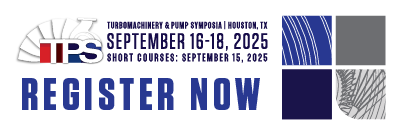ITT expands i-ALERT monitoring solution with bluetooth sensor
ITT announced 17 May that it is expanding its i-ALERT Monitoring Solution portfolio, giving customers additional options to maximise the efficiency and total cost of ownership of all types of rotating machines.
The new i-ALERT compatible Bluetooth Smart Pressure Sensor complements the i-ALERT monitoring portfolio, which includes the i-ALERT2 machine health sensor, the i-ALERT mobile application and the i-ALERT Asset Intelligence platform. The pressure sensor provides customers with the ability to monitor fluid conditions and gather operating data to help identify and troubleshoot undesirable operating conditions. It connects to the i-ALERT mobile app, allowing customers to view real-time and historical data.
“We will continue to leverage and expand our industrial internet of things technology platform provided by our i-ALERT Monitoring Solution to deliver sophisticated technology economically and efficiently to customers,” said David Malinas, president of Industrial Process at ITT. “Enhancements such as our new pressure sensor enable customers to better continuously monitor all types of machines, spending less time collecting data from their rotating equipment and more time solving problems.”
With its long battery life, the pressure sensor is built to be easy to implement. It is suitable for non-hazardous industrial pump applications or anywhere customers need to monitor fluid process conditions. With its configurable data rate, it can catch process-upset conditions that are damaging to pumping equipment.
Features of the pressure sensor include a maximum pressure range of 100-250 psi or 50-10,000 psi, vacuum measurement of up to -14.7 psi for suction side monitoring and 1% standard accuracy.
ITT is a manufacturer of critical components and customised technology solutions for the energy, transportation and industrial markets. The company is headquartered in New York, US, with employees in more than thrity-five countries and sales in approximately 125 countries. In 2017 it generated revenues of $2.6 billion (€2.2 billion).










